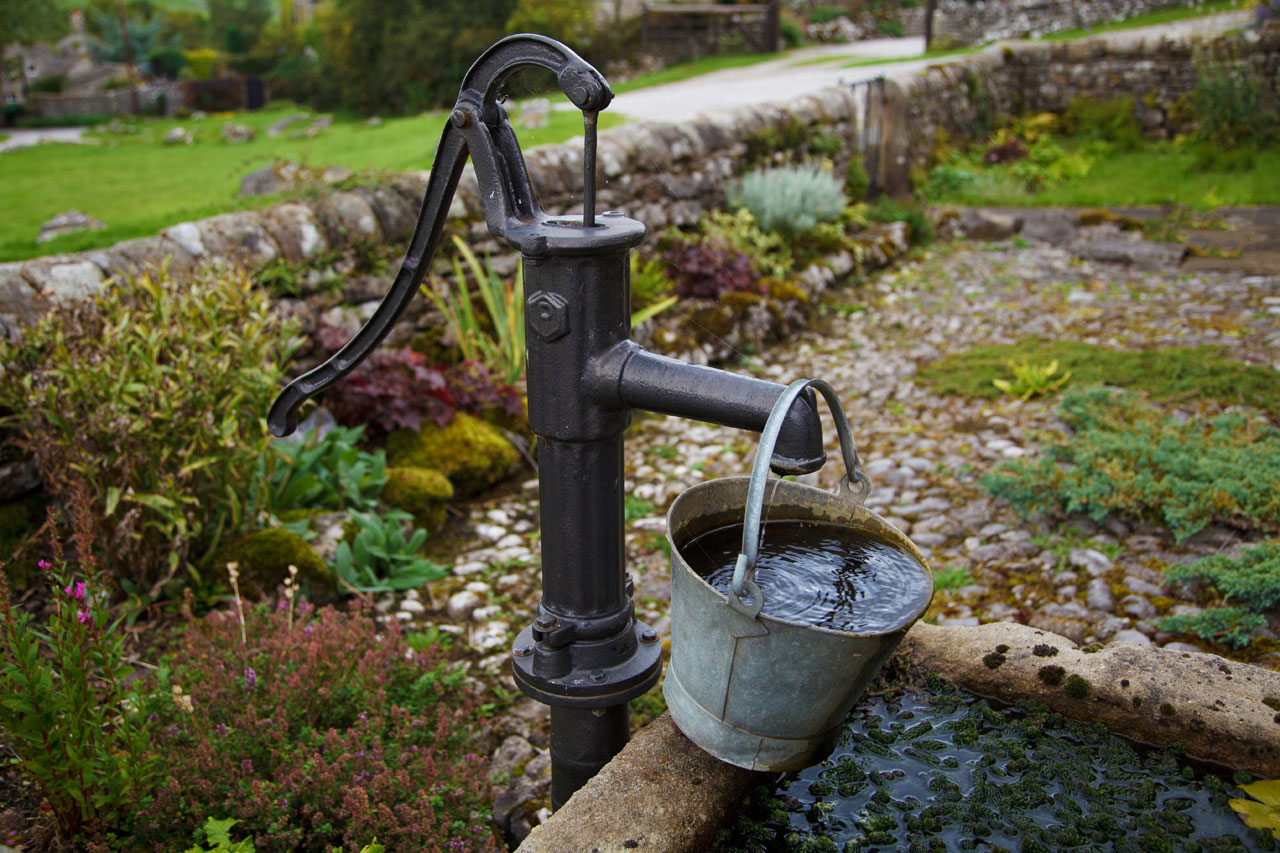 |
| Image credit: Amazon |
I read it for the first time a few years ago, and couldn't put it down. Even my non-reader husband enjoyed it. If you haven't read the book, the story centers around astronaut Mark Watney. Watney and his crewmates are in the middle of a mission on Mars when a dust storm forces them to abort their mission. An accident has the crew believe Watney is dead, and they leave the planet without him. As it turns out, Watney is very much alive and has to figure out how to survive on Mars, communicate with Earth, and not starve. While much of the science was over my head (he "makes" water???), the story of his resourcefulness and the very idea of a man stranded on Mars was engaging.
I happened to catch the second half of the movie with Matt Damon on TV the other night (I saw it in the theater, and while I thought it was good, as is the case with most books made into movies, the book was far superior) and so I pulled out the book again and reread it.
So what does this have to do with groundwater?
It got me thinking about a human one day setting foot on Mars, and what they might find. NASA has indicated that there may be water flowing on Mars (or maybe not), that there once may have been more water on Mars than in Earth's Arctic Ocean, and that huge ice deposits on Mars hold as much water as Lake Superior. Future space missions could confirm the presence of water.
 |
| Image credit: Bustle |
While protecting groundwater isn't quite the same as making water from scratch ("If I want water, I'll have to make it from scratch. Fortunately, I know the recipe: Take hydrogen. Add oxygen. Burn."), people protecting groundwater face challenges, problem-solve, problem-solve again, and come up with solutions. The Groundwater Guardians and Green Sites we work with are among some of the most creative and innovative people we know!
It takes a collective effort to work to save Watney in "The Martian." (I won't spoil the ending for you) People, organizations, and countries come together to share ideas, invest resources, and work together. Sound familiar? Collectively, we are all part of the solution to protect and conserve groundwater.






